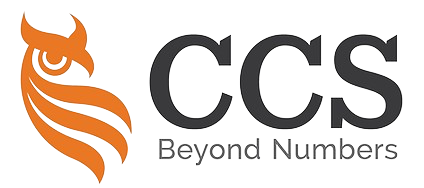An e-invoice is a document generated, transmitted, and received electronically, typically generated in a structured digital format, such as XML or JSON.
This format allows for the automatic and seamless exchange of invoice data between the supplier’s and buyer’s systems.
The e-invoice includes mandatory and optional fields that capture all the necessary details of a transaction. The mandatory fields typically include:
- the supplier’s name,
- buyer’s name,
- supplier’s Tax Identification Number (TIN), and
- supplier’s registration/identification number, passport number, and so on.
In cases where goods are shipped to a different recipient and/or address, additional mandatory fields are required, such as the shipping recipient’s name and address.
The e-invoice also includes a Unique Identifier Number provided by IRBM, allowing for traceability and reducing tampering with the e-invoice.
Once validated, the e-Invoice is embedded with a QR code provided by IRBM, which can be used to validate the existence and status of the e-Invoice via the MyInvois Portal.
The e-invoice is stored in IRBM’s database, but taxpayers are reminded to retain sufficient records and documentation in relation to the transaction.
Through the MyInvois Portal or API integration, both supplier and buyer can request and retrieve the e-invoice, which provides essential invoice details such as the invoice date, amount, invoice status, and other relevant information submitted to IRBM.
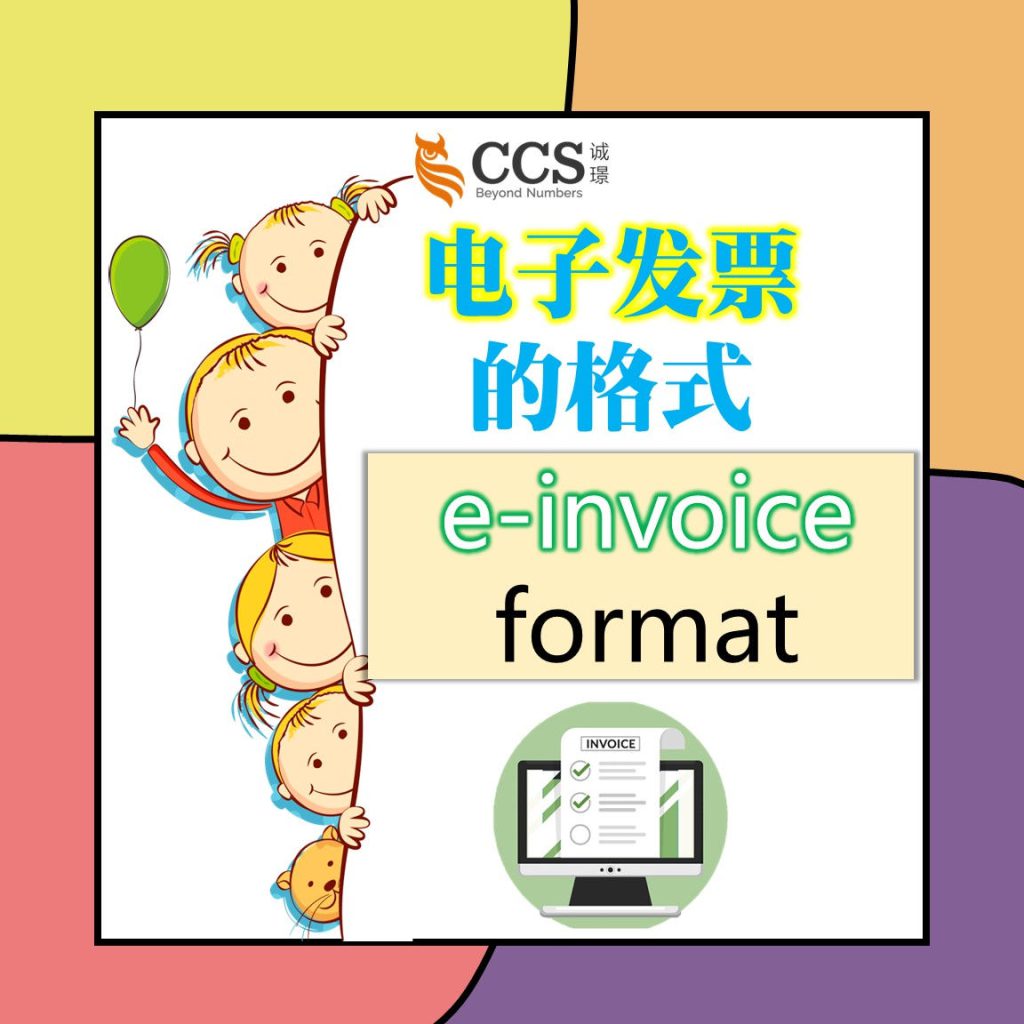





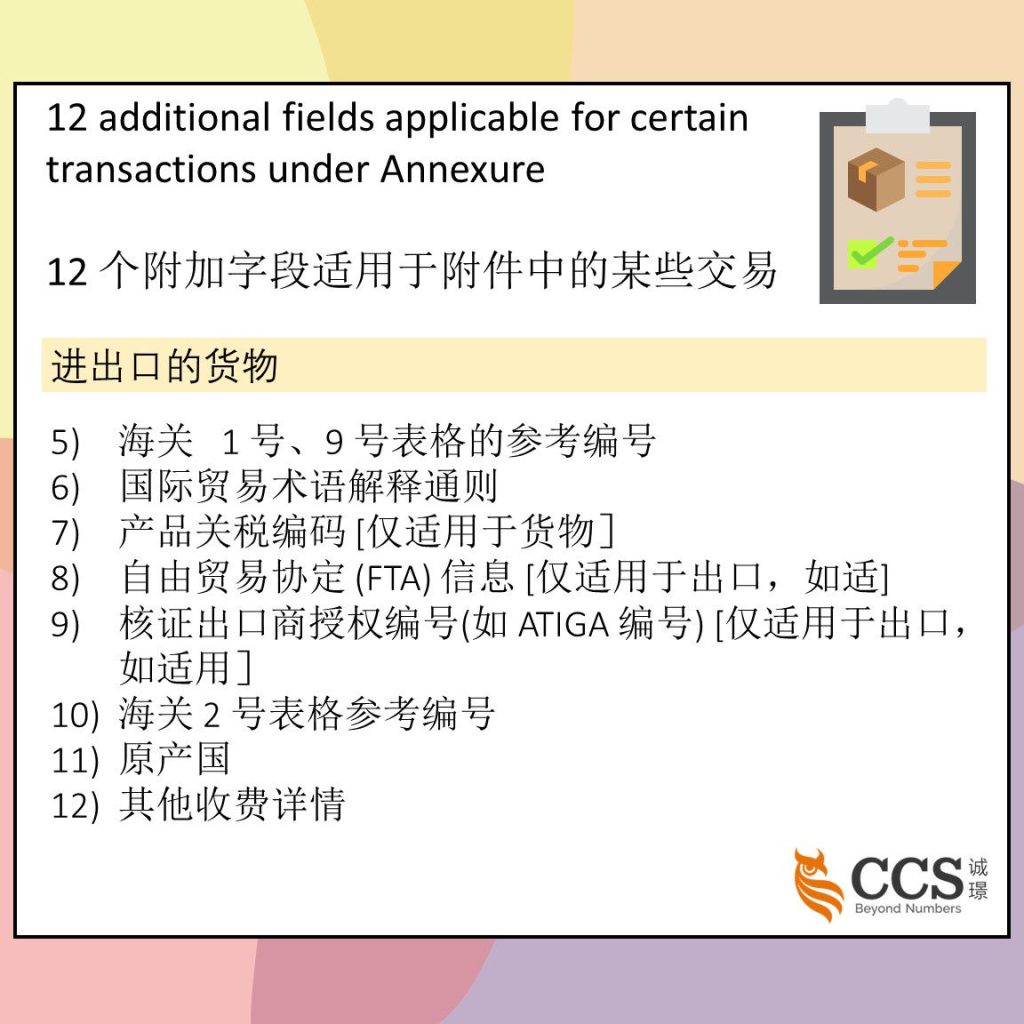
电子发票是以电子方式生成、传输和接收的文件,通常以 XML 或 JSON 等结构化数字格式生成。
这种格式允许在供应商和买方的系统之间自动、无缝地交换发票数据。
电子发票包括必填字段和可选字段,可记录交易的所有必要细节。必填字段通常包括:
- 供应商名称,
- 买方名称,
- 供应商纳税识别号(TIN);和
- 供应商注册/识别号或护照号码等等。
如果货物运往不同的收货人和/或地址,则需要填写其他必填字段,如收货人姓名和地址。
电子发票还包括一个由 IRBM 提供的唯一识别码,以便追踪和减少对电子发票的篡改。
电子发票一经验证,即嵌入 IRBM 提供的 QR 码,可用于通过 MyInvois 门户验证电子发票的存在和状态。
电子发票存储在 IRBM 的数据库中,但提醒纳税人保留足够的交易记录和文件。
Facebook Live on e-invoicing
👉 https://fb.watch/nOZZ18vDoC/
Attachments | 附件:
e-invoice Guideline version 2.1 | 电子发票指南 [ 2.1 版本] – 28.10.2023
e-invoice Specific Guideline version 1.1 | 电子发票具体指南 [ 1.1 版本] – 28.10.2023
e-Invoice Catalogue | 电子发票目录 – 12.10.2023
e-invoice Guideline version 2.0 | 电子发票指南 [ 2.0 版本] – 29.9.2023
e-invoice Specific Guideline version 1.0 | 电子发票具体指南 [ 1.0 版本] – 29.9.2023
e-Invoice Catalogue | 电子发票目录 – 29.9.2023
Other related articles that you might find interesting:-
Revised E-Invoicing Implementation Timeline: Impacts and Challenges for Businesses
e-Invoice by CCS, Chartered Accountants | 电子发票 – CCS 会计事务所
e-Invoicing Guidelines for the year 2023 are now accessible starting 21 July 2023
A comparison of the key aspects between the e-Invoice model via MyInvois and via API Portal
Transitioning to e-Invoices: Assessing the Options for Your Business [What Businesses Need to Know]
Pre-Submission: e-Invoice Submission Requirements via MyInvois Portal & API
MyInvois Made Easy: Step-by-Step e-Invoicing on the Portal
马来西亚内陆税收局 (IRBM) 2023 年电子发票指南快速略读
e-Invoice Guideline Year 2023 Inland Revenue Board of Malaysia: Interpretation of Abbreviations
(中文版)马来西亚内陆税收局 2023 年电子发票指南 | e-Invoice Guideline Year 2023 Inland Revenue Board of Malaysia
The Eight Key Steps to Issuing E-Invoices | 开电子发票的八大步骤
Format of an e-invoice | 电子发票的格式
电子发票改变您的企业 | Transform Your Business with E-Invoicing: An Insight-Sharing Session on IRBM Guidelines
Budget 2024 Speech: On e-invoicing
Sample of Malaysian e-invoicing
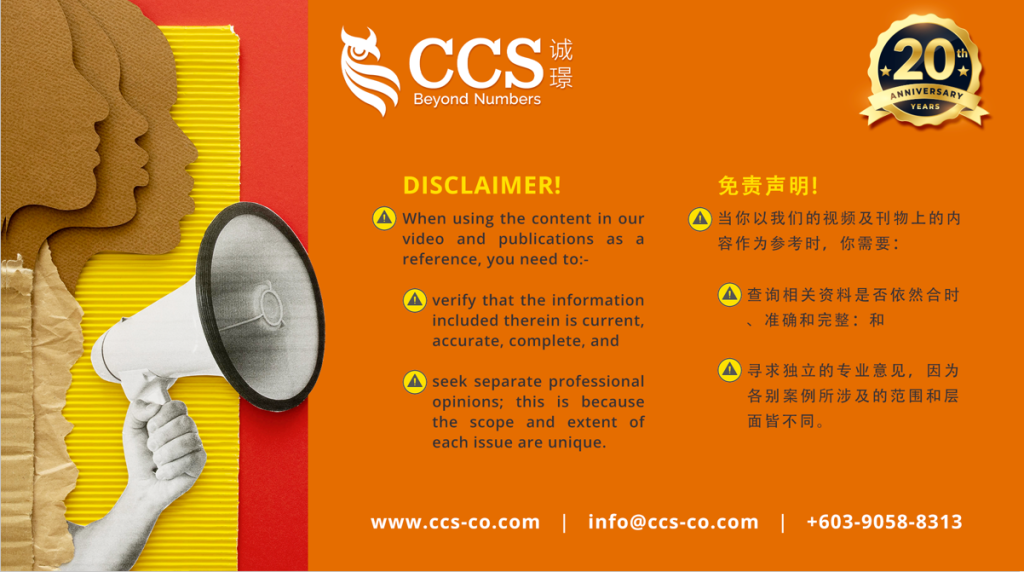

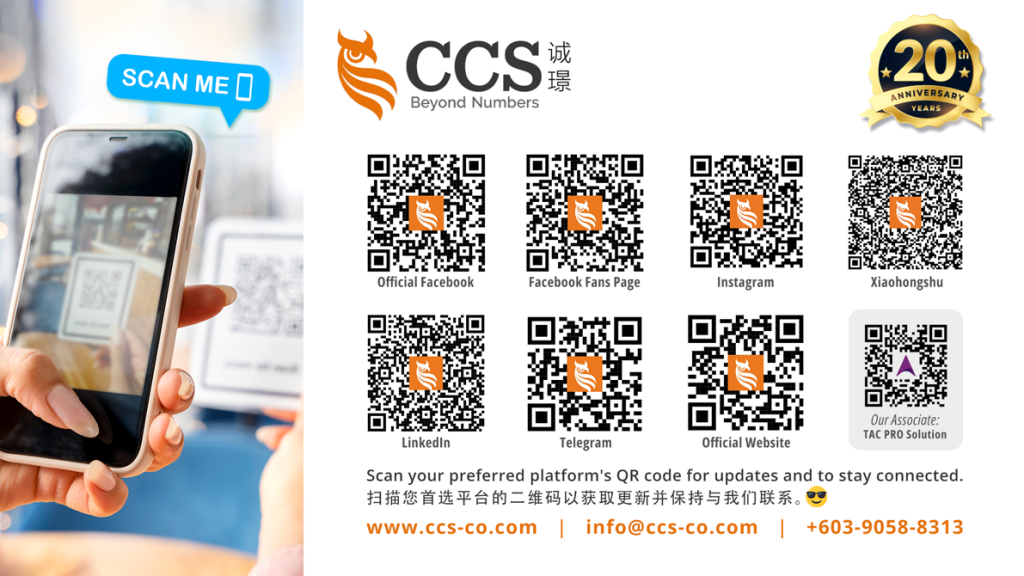

通过 MyInvois 门户网站或 API 集成,供应商和买方都可以请求检索电子发票,其中提供了重要的发票详细信息,如发票日期、金额、发票状态以及提交给 IRBM 的其他相关信息。
